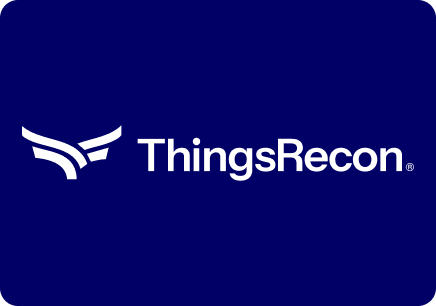While cookies make the internet more convenient, they also play a big role in privacy, security, and cyber hygiene. In the wrong hands, they become shortcuts into systems. That’s why cookie hygiene isn’t about convenience; it’s about closing one of the quietest and most overlooked gaps in your external attack surface.
What are cookies?
A cookie is a tiny file stored on your device by your browser. It usually contains:
- A unique identifier (like a session ID)
- Information about your visit (preferences, items in your cart, login state)
- Expiration rules (temporary or persistent)
Cookies allow websites to “remember” you between visits, saving you from re-entering passwords or rebuilding shopping carts.
The good thing about cookies
When managed correctly, cookies enhance user experience and security across:
- Authentication: Keeping you logged in securely without retyping credentials every time.
- Session management: Tracking active sessions like shopping carts, or account settings.
- Personalization: Storing language preferences, themes, or location-based content.
- Efficiency: Reducing server load by remembering repeated choices.
The cyber hygiene risks of cookies
Unfortunately, cookies can also create avenues for attack if poorly handled:
Session hijacking
If an attacker steals your session cookie, they can impersonate you without knowing your password.
Cross-Site Scripting (XSS)
Malicious scripts can steal cookies unless they’re flagged as HttpOnly.
Cross-Site Request Forgery (CSRF)
Attackers exploit cookies automatically sent with requests to trick you into actions you didn’t intend.
Tracking & profiling
Third-party tracking cookies follow you across sites, building profiles that can be misused.
Weak configurations
Cookies without Secure, SameSite, or HttpOnly flags expose sensitive information over plain text.
Real-world stories: When cookie security goes bad
Cookie misconfigurations and weak hygiene aren’t theoretical risks; they’ve played a role in some of the most publicized breaches and privacy incidents in recent years. Here are a few examples of what happens when cookie security goes wrong.
Best practices for cookie security
Just like brushing your teeth, cookie hygiene keeps your digital ecosystem strong. These files may seem like a low priority, but their misuse can actually lead to identity theft, account takeovers, and large-scale data breaches.
By treating cookie management as part of your cyber hygiene routine, you’ll reduce your organization’s attack surface and protect user trust. Here are some ways you can do that:
For end users:
- Clear cookies regularly or use a private browser
- Block third-party cookies in browser settings
- Use trusted browsers that enforce modern cookie protections
- Stay logged out when not actively using sensitive accounts
For developers and organizations:
- Always set HttpOnly and Secure flags
- Use SameSite=strict or lax to prevent CSRF
- Rotate session cookies frequently
- Encrypt sensitive cookie data
- Monitor cookies in external scripts to avoid supply chain risks
The question isn’t whether you use cookies or not; it’s whether you’re using them safely.
.png)




